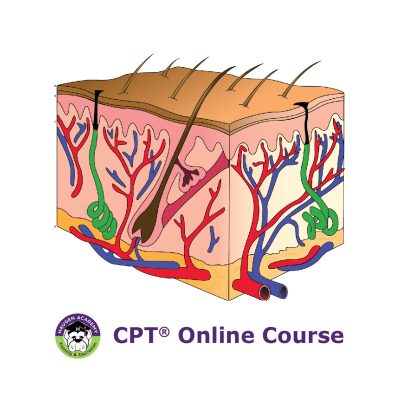In the realm of medical coding, precision is paramount – especially when it comes to lesion excisions. These procedures, designed to remove abnormal tissue growths or lesions from the body, range from benign moles and cysts to potentially cancerous growths. However, the accuracy of coding hinges entirely on the documentation provided. This not only ensures accurate medical records but also facilitates seamless communication among healthcare providers.
When it comes to navigating the coding landscape of lesion excisions, healthcare professionals and coders don't tread alone. We rely on guidelines established by organizations like the American Medical Association (AMA) and the Centers for Medicare and Medicaid Services (CMS). These guidelines outline how to document and code lesion excisions, including instances where modifiers are necessary to capture additional complexities or unique scenarios.
But let's drill down further into the importance of the documentation by focusing on these elements:
- Detailed description of the lesion: This should encompass its size, location, and distinctive characteristics. For excisions, the size of the lesions dictates the code selection, and it is measured by the lesion diameter plus the most narrow margins required.
- Method of excision: Whether it was a shave biopsy, elliptical excision, punch biopsy, or any other method used. Different codes exist for different types of excisions. For example, shave biopsies use a different set of codes than benign lesion excisions.
- Pathology results: If available, these results should be included to provide a comprehensive picture. Benign and malignant lesions are coded using a different set of codes, and pathology results play a crucial role in accurate code selection.
- Additional procedures: Any other procedures performed during the same encounter, such as skin grafting or flap reconstruction, should also be documented. Without this information, there's a risk of missing opportunities to capture codes that may be billable in addition to the primary procedure.
By ensuring that these documentation elements are captured accurately, healthcare providers can ensure not only effective communication but also proper coding and billing for lesion excisions. It's all about painting a complete picture in the medical records!
Looking for additional information on this topic?

Mary Bort, CPC, CPMA, CANPC, CASCC, COSC
Consultant
Mary is a consultant for The Haugen Consulting Group with over 25 years of health care industry experience. She started her career in Orthopedics which was her passion for decades. In addition to Orthopedics, she provides expertise in other specialties such as Anesthesia, Ambulatory Surgery Center, as well as most surgical specialties . She has experience working the professional fee side of coding, audit, education as well as compliance, serving both coders and physicians, as well as the surgical side. She is a Certified Professional Coder (CPC), Certified Professional Medical Auditor (CPMA), Certified Anesthesia Professional Coder (CANPC) Certified Ambulatory Surgery Center Coder (CASCC) and Certified Orthopedic Surgery Coder (COSC).
During her free time, she loves to do crafts, enjoys the outdoors, and the Broncos! She has 4 daughters, and 10 grandchildren which light up her life.


0 Comments